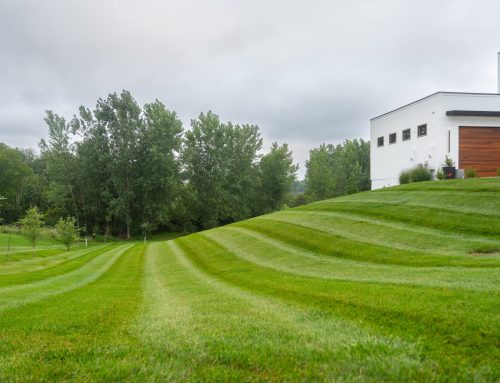For many people, composting may sound difficult, smelly, or even gross. In reality, proper compost is a very simple (and odorless) way to infuse your soil with nutrients, retain moisture, and, in turn, boost the growth of your garden! Once you get into the habit of composting and integrating it into your garden, you are sure to see just how impactful it is in plant health, yield, and growth.
Browns, Greens, and Water
In order to begin composting, it is important to better understand the three components of compost: browns, greens, and water.
Browns include branches, twigs, dead leaves, or even fiber-like materials like hay or cotton rags. Greens range from your leftover fruit salad to coffee grounds, grass clippings, veggies, or even that houseplant that you have struggling to keep alive! Last but not least, water is a vital ingredient that aids the decomposition of your browns and greens!
These three ingredients should be no stranger to any household and can be easily rescued from the garbage bin and given a new purpose. After all, why not help create a healthier garden and reduce the amount of trash sent to the landfill?
What should I leave out of my compost?
There are certain items from your kitchen that may seem perfect for compost but are actually more harmful than beneficial. Dairy products, scraps of meat/bones, diseased plants, and fats/oils have a tendency to harm your compost and draw unwanted visitors to your backyard. Avoiding these items will also ensure that your compost stays odor-free and unnoticed.
Let the fun begin!
Once you have chosen a nice spot for your compost pile (preferably a shady and dry area), it is time to begin mixing your browns and greens together into a pile. It is good practice to minimize the number of larger chunks of compostables. If possible, chop or break down these items into smaller pieces; it will substantially speed up the decomposition process!
After neatly creating your pile of browns and greens, don’t forget to add that last ingredient – water! Add enough water to get your whole mixture moist, but not drowning. Then, in order to keep this mixture from drying out, cover your compost pile with a tarp.
When you find yourself ready to add more greens or browns to your compost pile, grab a small shovel or spade and turn your ingredients into your mixture. By mixing your compost and adding water every so often, you can ensure that all everything is getting mixed together and turned into compost.
Then what?
It typically takes at least 2 months for your compost to turn a dark, rich color – meaning it is ready for use! Start taking some of this ready-to-use compost from the bottom of your pile and integrating it into your garden beds. You can easily sprinkle compost on top or rake it into your beds, spread it over your lawn, or even mix it into the soil of potted plants.
Once you get into the habit of composting, you will quickly see just how much it improves the health of your plants, garden beds, and your fruit/vegetable yields!
Happy Composting!





Leave A Comment
You must be logged in to post a comment.